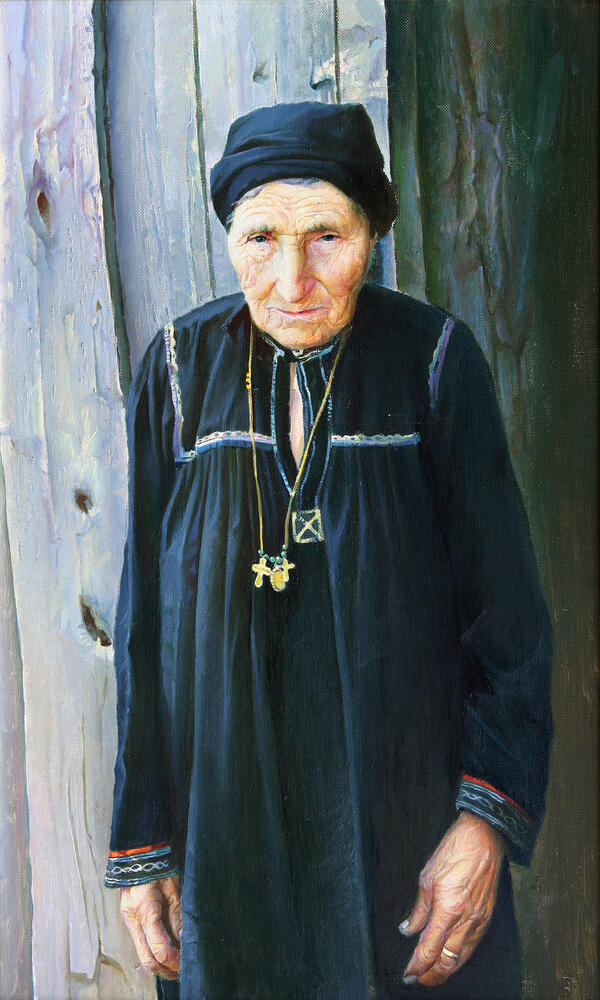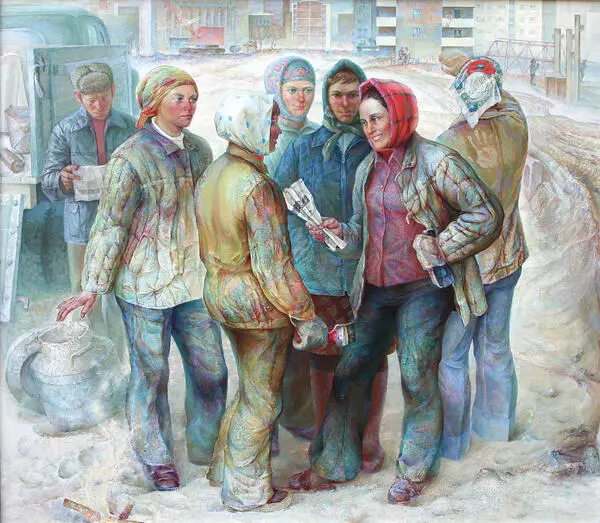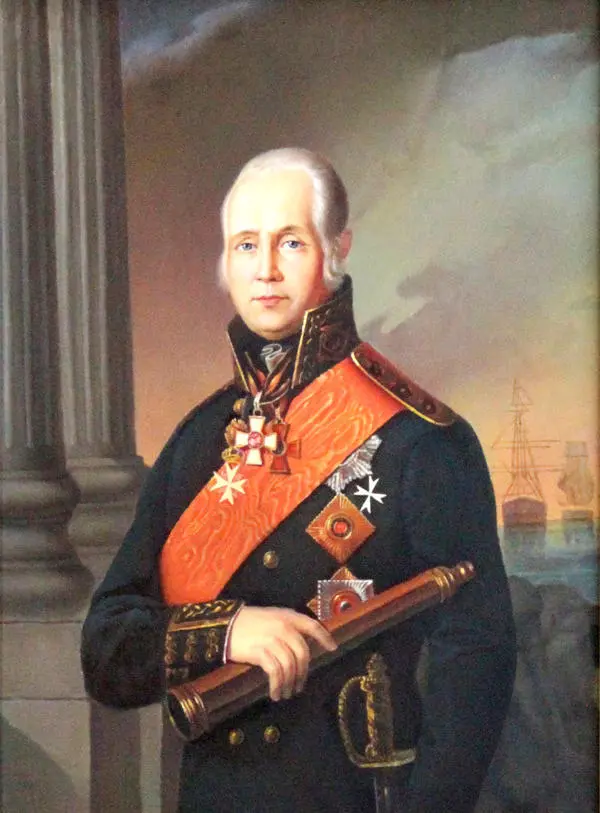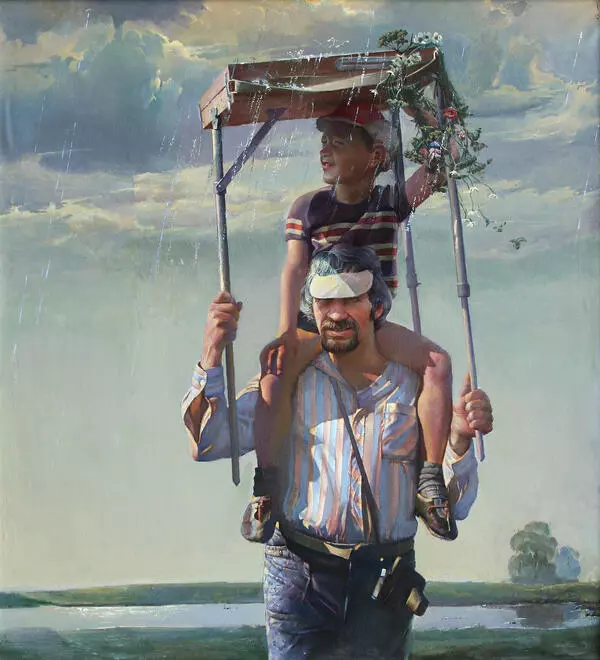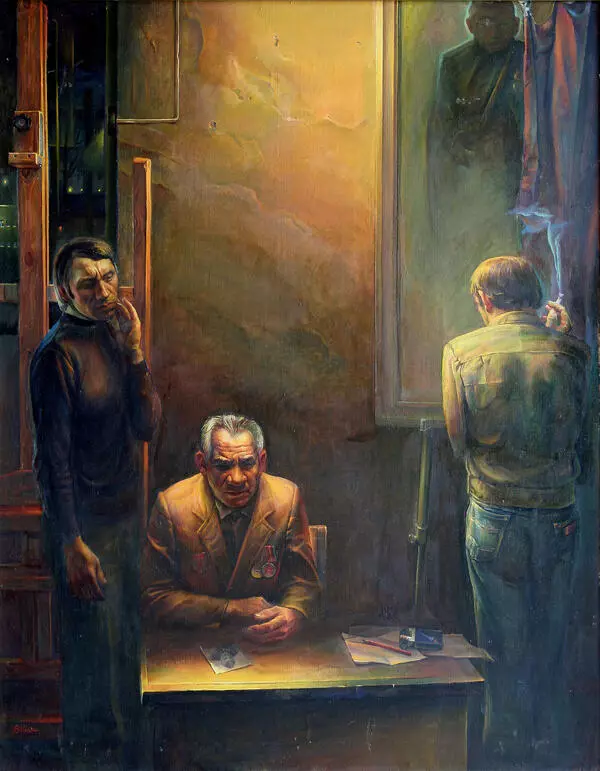The creative tandem of the brothers Alexander and Vladimir Shadrin, and later their individual paths, provide a unique example of documentalism in art. The artists elevate the image to the status of a document of history, combine in their canvases a perceptive vision of reality and an almost academic study of the form. The peculiarities of the Shadrin brothers’ figurative framework stem from their mythopoeic view and understanding of the world. In this system of views, an intuitive knowledge of nature leads to the birth of an image from a living, poetic state of the world.
This understanding comes from their peasant worldview, rural upbringing and background in national Mordovian folk culture. The world is perceived as a single whole, and man is an integral part of this unity. A person is a part of the earth, just like a tree with which they share common roots.
It is no coincidence that at the beginning of the brothers’ artistic career they developed an image of a man of the earth, which is associated with the folk worldview. In the works of the Shadrin brothers, a person often acts as a wise guardian of the harmony of the universe. This image is usually connected with the powerful energy of the tree that in their artworks fulfills the role of the “World Tree”.
In the painting “Moksha Woman” by the brothers Shadrin, the heroine and the tree are depicted in an almost identical manner, as according to the painters, their natures are very similar. The elongated silhouette of an elderly Moksha woman and the noble “pattern” of wrinkles on her face are repeated in the ovals of the natural pattern of wood on the boards of the gate, near which she stands.
The figure of the woman is likened to a thin, firm tree and sets the dominant vertical of the entire canvas. The restrained color palette of dark blue and smoky gray tones with an elegant splash of white and red creates a picturesque image that is majestic in its simplicity; it is a monument to the Russian village, the symbol of which is the elderly Moksha woman.
The heroine of the portrait “Moksha Woman” was a peasant woman from the village of Lemdyay in the Staroshaygovsky district of the Republic of Mordovia. She is dressed in a nula — a Mordovian folk costume, which the Moksha women have been wearing since the 1930s. Traditional garments of young women are usually bright in color, while the elderly women wear darker shades. A gaitan is depicted on the woman’s chest; it is a braided cord on which women wear a cross or a little icon.
This understanding comes from their peasant worldview, rural upbringing and background in national Mordovian folk culture. The world is perceived as a single whole, and man is an integral part of this unity. A person is a part of the earth, just like a tree with which they share common roots.
It is no coincidence that at the beginning of the brothers’ artistic career they developed an image of a man of the earth, which is associated with the folk worldview. In the works of the Shadrin brothers, a person often acts as a wise guardian of the harmony of the universe. This image is usually connected with the powerful energy of the tree that in their artworks fulfills the role of the “World Tree”.
In the painting “Moksha Woman” by the brothers Shadrin, the heroine and the tree are depicted in an almost identical manner, as according to the painters, their natures are very similar. The elongated silhouette of an elderly Moksha woman and the noble “pattern” of wrinkles on her face are repeated in the ovals of the natural pattern of wood on the boards of the gate, near which she stands.
The figure of the woman is likened to a thin, firm tree and sets the dominant vertical of the entire canvas. The restrained color palette of dark blue and smoky gray tones with an elegant splash of white and red creates a picturesque image that is majestic in its simplicity; it is a monument to the Russian village, the symbol of which is the elderly Moksha woman.
The heroine of the portrait “Moksha Woman” was a peasant woman from the village of Lemdyay in the Staroshaygovsky district of the Republic of Mordovia. She is dressed in a nula — a Mordovian folk costume, which the Moksha women have been wearing since the 1930s. Traditional garments of young women are usually bright in color, while the elderly women wear darker shades. A gaitan is depicted on the woman’s chest; it is a braided cord on which women wear a cross or a little icon.

